The entropy production rate is determined from the variances of the position and forces applied to a system of particles.
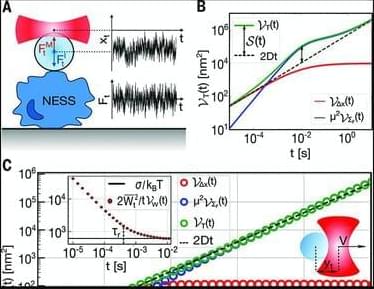


Gravitationally speaking, the universe is a noisy place. A hodgepodge of gravitational waves from unknown sources streams unpredictably around space, including possibly from the early universe.
Scientists have been looking for signs of these early cosmological gravitational waves, and a team of physicists have now shown that such waves should have a distinct signature due to the behavior of quarks and gluons as the universe cools. Such a finding would have a decisive impact on which models best describe the universe almost immediately after the Big Bang. The study is published in the journal Physical Review Letters.
Scientists first found direct evidence for gravitational waves in 2015 at the LIGO gravitational wave interferometers in the US. These are singular (albeit tiny amplitude) waves from a particular source, such as the merger of two black holes, which wash past Earth. Such waves cause the 4-km perpendicular arms of the interferometers to change length by miniscule (but different) amounts, the difference detected by changes in the resulting interference pattern as laser beams travel back and forth in the detector’s arms.


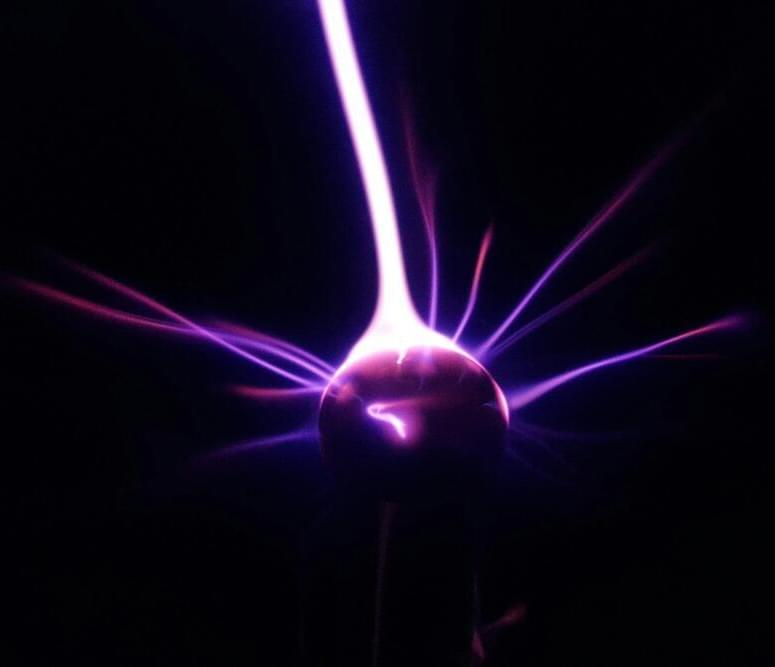
Scientists are a step closer to unraveling the mysterious forces of the universe after working out how to measure gravity on a microscopic level.
Experts have never fully understood how the force that was discovered by Isaac Newton works in the tiny quantum world. Even Einstein was baffled by quantum gravity and, in his theory of general relativity, said there is no realistic experiment that could show a quantum version of gravity.
But now physicists at the University of Southampton, working with scientists in Europe, have successfully detected a weak gravitational pull on a tiny particle using a new technique.
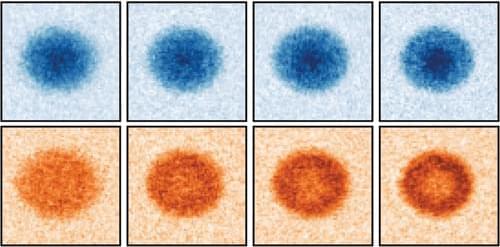

Scientists achieve breakthrough in quantum optics with photon detector-based method, paving the way for improved quantum computing.
Scientists at Paderborn University have used a new method to determine the characteristics of optical, i.e. light-based, quantum states. For the first time, they are using certain photon detectors — devices that can detect individual light particles — for so-called homodyne detection. The ability to characterize optical quantum states makes the method an essential tool for quantum information processing. Precise knowledge of the characteristics is important for use in quantum computers, for example. The results have now been published in the specialist journal Optica Quantum.
Advancements in Homodyne Detection.
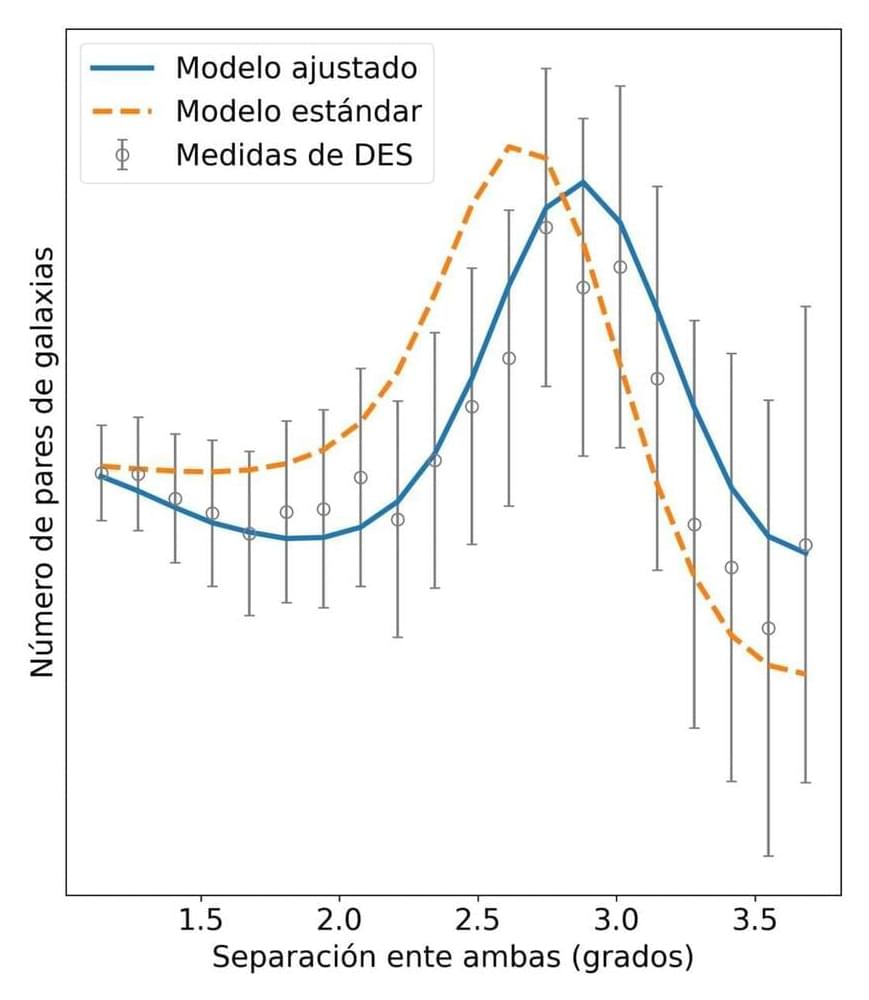
We now have a standard model of cosmology, the current version of the Big Bang theory. Although it has proved very successful, its consequences are staggering. We know only 5% of the content of the universe, which is normal matter. The remaining 95% is made up of two exotic entities that have never been produced in the laboratory and whose physical nature is still unknown.
These are dark matter, which accounts for 25% of the content of the cosmos, and dark energy, which contributes 70%. In the standard model of cosmology, dark energy is the energy of empty space, and its density remains constant throughout the evolution of the universe.
According to this theory, sound waves propagated in the very early universe. In those early stages, the universe had an enormous temperature and density. The pressure in this initial gas tried to push the particles that formed it apart, while gravity tried to pull them together, and the competition between the two forces created sound waves that propagated from the beginning of the universe until about 400,000 years after the Big Bang.

A team led by former Twitter engineers is rethinking how AI can be used to help people process news and information. Particle.news, which entered into private beta over the weekend, is a new startup offering a personalized, “multi-perspective” news reading experience that not only leverages AI to summarize the news, but also aims to do so in a way that fairly compensates authors and publishers — or so is the claim.
While Particle hasn’t yet shared its business model, it arrives at a time when there’s a growing concern about the impact of AI on a rapidly shrinking news ecosystem. News that is summarized by AI could limit clicks to publishers’ websites, which means their ability to monetize via advertising would also be reduced.
The startup was founded last year by former Senior Director of Product Management at Twitter, Sara Beykpour, who worked on products like Twitter Blue, Twitter Video, and conversations, and who spearheaded the experimental app, twttr. She had been at Twitter from 2015 through 2021, growing her position from software engineering to that of a senior director of product management. Her co-founder is a former senior engineer at both Twitter and Tesla, Marcel Molina.
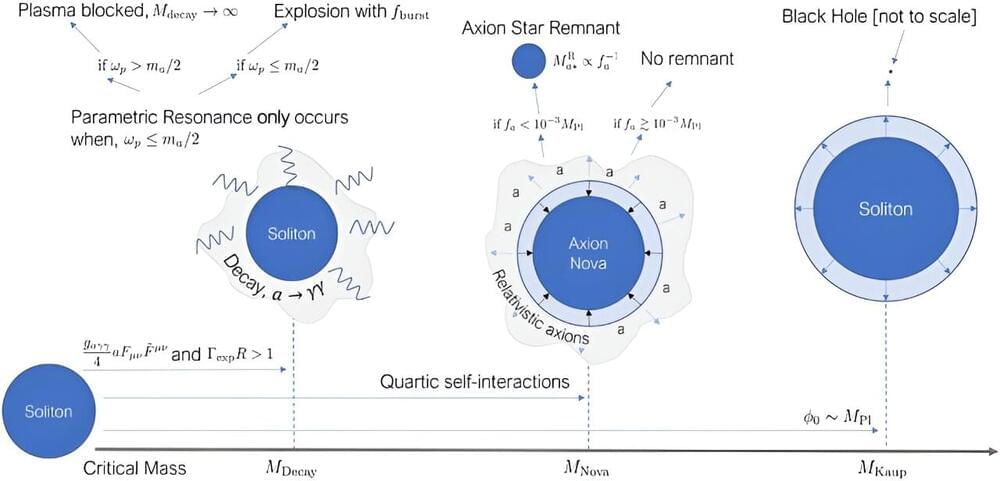
We could be closer to understanding the mystery behind what dark matter is, following new research from physicists at King’s College London.
First theorized in 1977, axions are a hypothetical, light-mass particle that have been suggested as a possible contender for dark matter, due to the heat they give off. However, due to the range of sizes and masses they could possibly be, their conclusive identification has been difficult.
In a series of papers in Physical Review D, Liina Chung-Jukko, Professors Malcolm Fairbairn, Eugene Lim, Dr. David Marsh and collaborators have suggested a new approach to locate this ‘wonder particle’ that could explain both dark energy and dark matter.